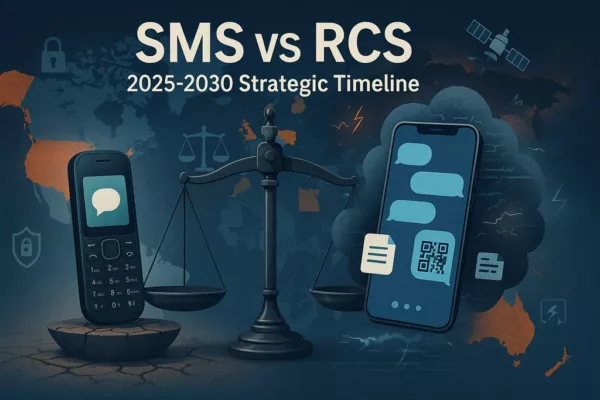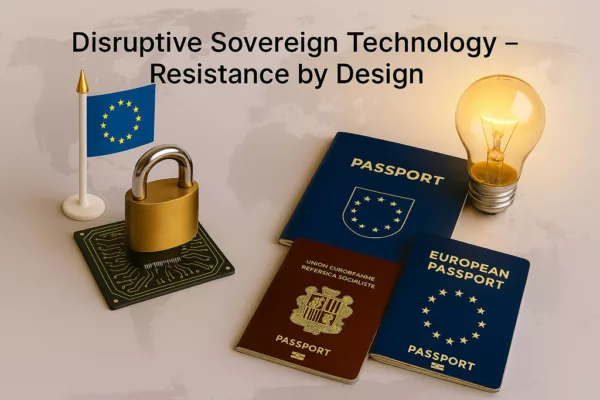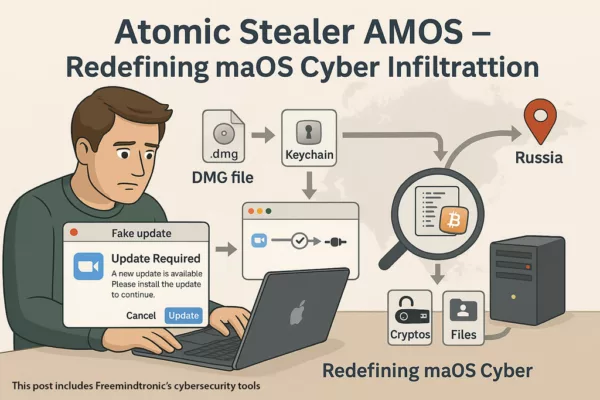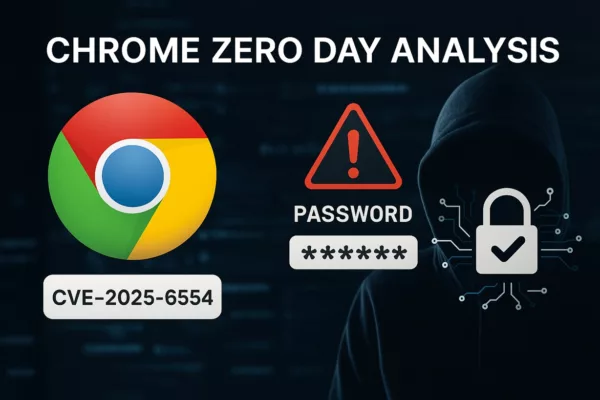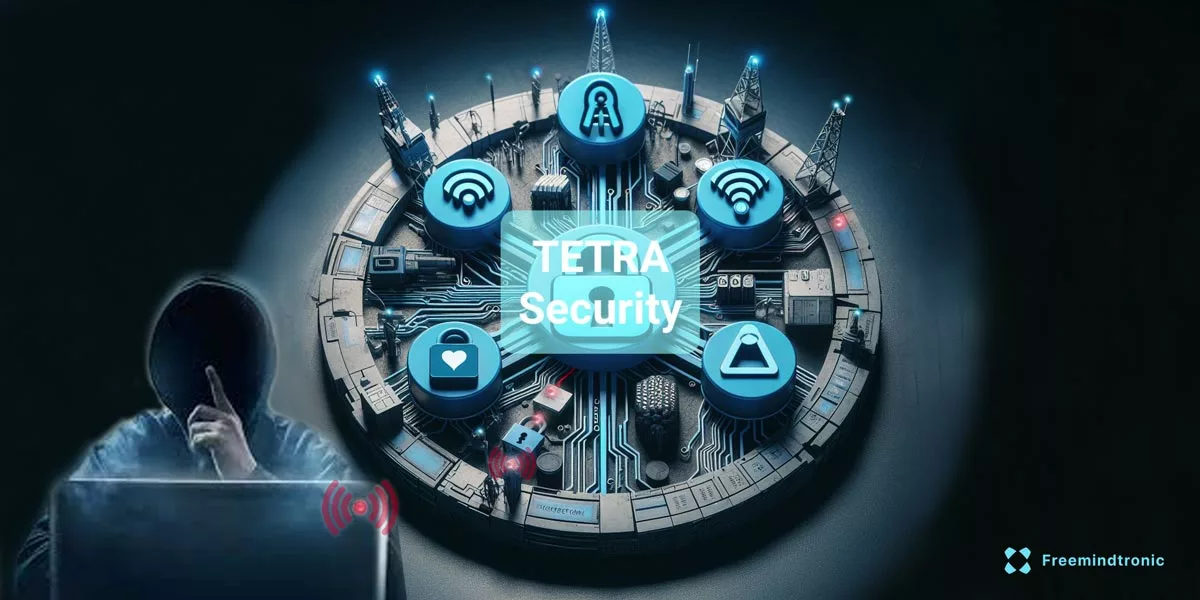Phishing Tactics: The Bait and Switch in the Aftermath of the Dropbox Security Breach The 2024 Dropbox Security Breach stands as a stark reminder of the ever-evolving cyberthreat landscape and the urgent need for robust security measures. In this comprehensive article, we’ll unravel the intricate details of this breach, examining the tactics employed by attackers, […]
Stay informed!
Join our community of technology enthusiasts! Subscribe to our newsletter and receive exclusive updates on the latest news, special offers, and tips from Freemindtronic. Stay informed on the latest technology trends, discover new products, and be among the first to take advantage of them. Sign up now by entering your email address below. Don't miss any updates from Freemindtronic!

